
Johann Hedwig, also styled as Johannes Hedwig, was a German botanist notable for his studies of mosses. He is sometimes called the "father of bryology". He is known for his particular observations of sexual reproduction in the cryptogams. Many of his writings were in Latin, and his name is rendered in Latin as Ioannis Hedwig or Ioanne Hedwig. The standard author abbreviation Hedw. is used to indicate this person as the author when citing a botanical name.

Gymnostomum is a genus of bryophyte in family Pottiaceae. It was first described by Christian Gottfried Daniel Nees von Esenbeck and Christian Friedrich Hornschuch
Ochyraea is a genus of moss in the family Amblystegiaceae.
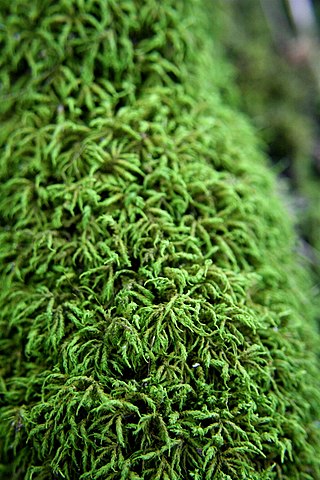
Entodon seductrix, known as the seductive entodon moss or round-stem silk moss, is a species of Entodontaceae.
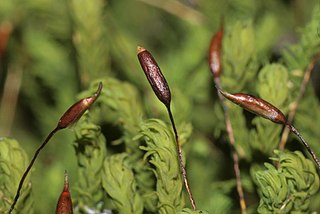
Anomodon is a genus of mosses in the family Thuidiaceae.

Bartramia is a genus of mosses in the family Bartramiaceae. The genus was first formally described by Johann Hedwig in 1801. There are about 72 species, usually growing on soil, sometimes on rocks, in many habitats in many parts of the world, although tropical species are only found at high altitudes. Nine species occur in Australia but only three of these are endemic to that continent.
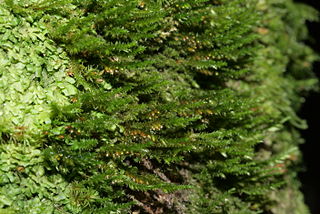
Cryphaea is a genus of mosses, (Bryophyta), containing at least 26 accepted species.

Pohlia is a genus of mosses in the family Mniaceae, found on all continents including Antarctica. Some of its species are native to multiple continents. The center of diversity is the Northern Hemisphere.

Abietinella (plant) is a genus of moss belonging to the family Thuidiaceae.
Alleniella is a genus of mosses belonging to the family Neckeraceae.

Didymodon is a genus of mosses belonging to the family Pottiaceae. The genus has a cosmopolitan distribution.

Homomallium is a genus of moss belonging to the family Hypnaceae.
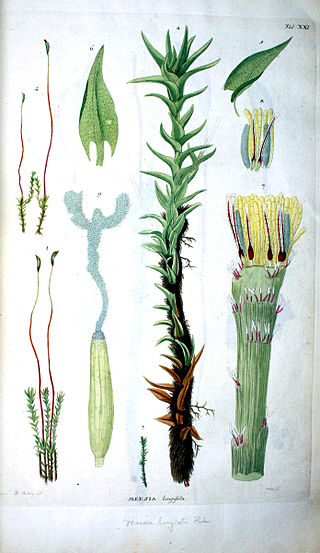
Meesia longiseta is a species of moss belonging to the family Meesiaceae.

Neckera is a large genus of mosses belonging to the family Neckeraceae. The genus was first described by Johann Hedwig. The genus has a cosmopolitan distribution.
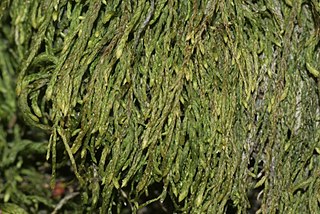
Pterigynandrum is a genus of mosses belonging to the family Pterigynandraceae.

Kindbergia is a genus of mosses belonging to the family Brachytheciaceae.

Dicranella is a genus of moss belonging to the family Dicranaceae. The genus was first described by Karl Müller. It has a cosmopolitan distribution.
Hypnum is a genus of mosses belonging to the family Hypnaceae.
Pylaisia is a genus of mosses belonging to the family Pylaisiaceae.
Platygyrium is a genus of mosses belonging to the family Hypnaceae.















